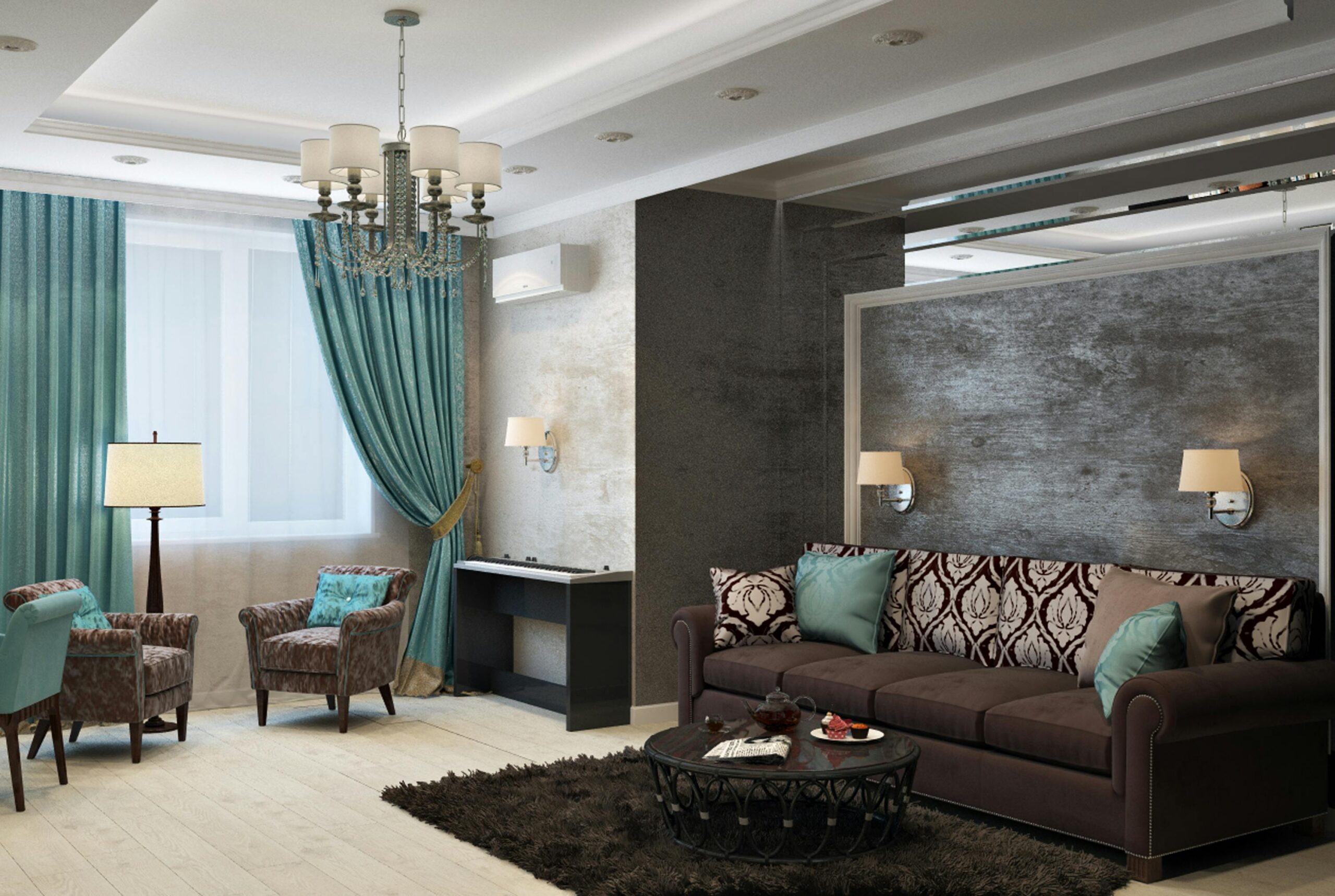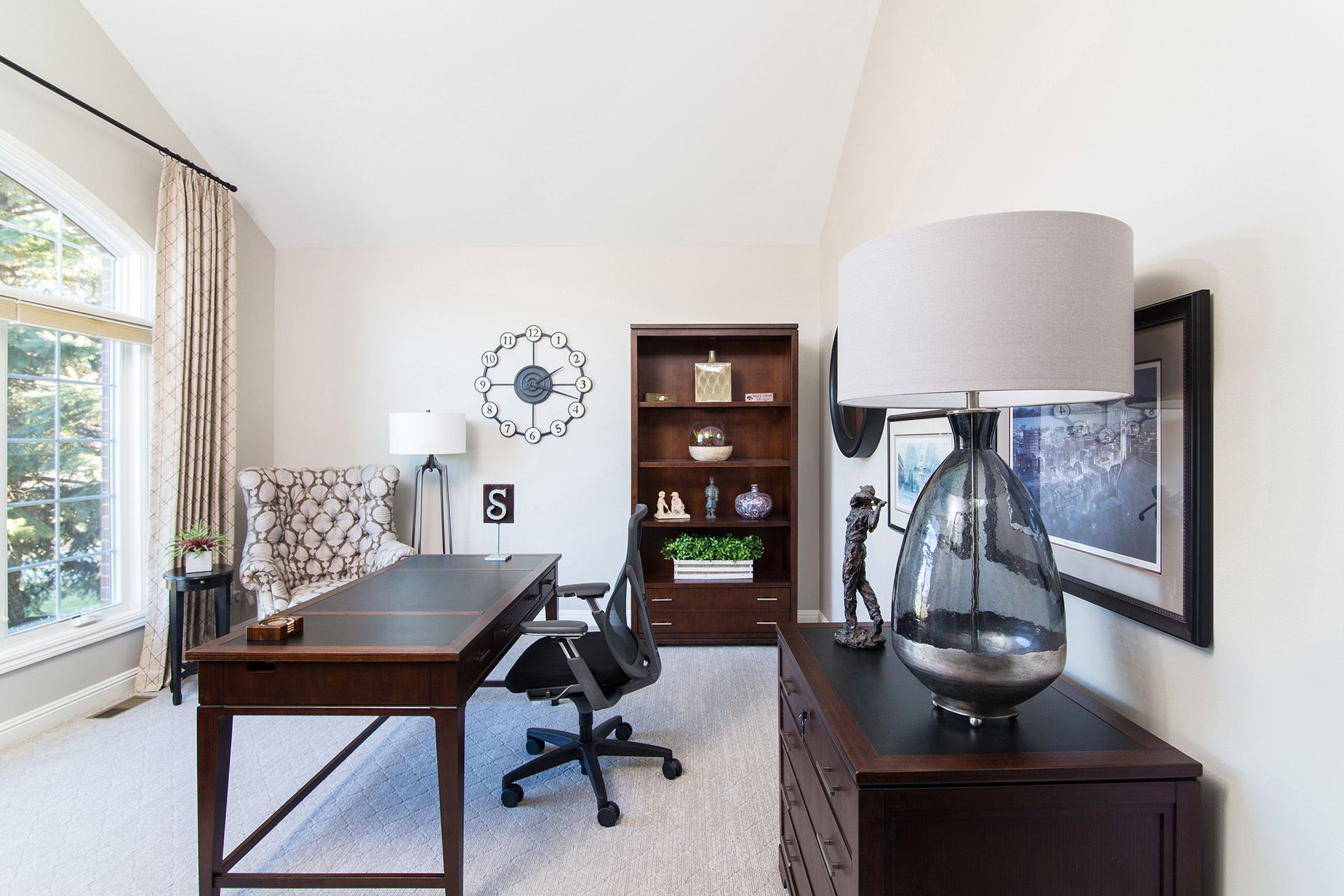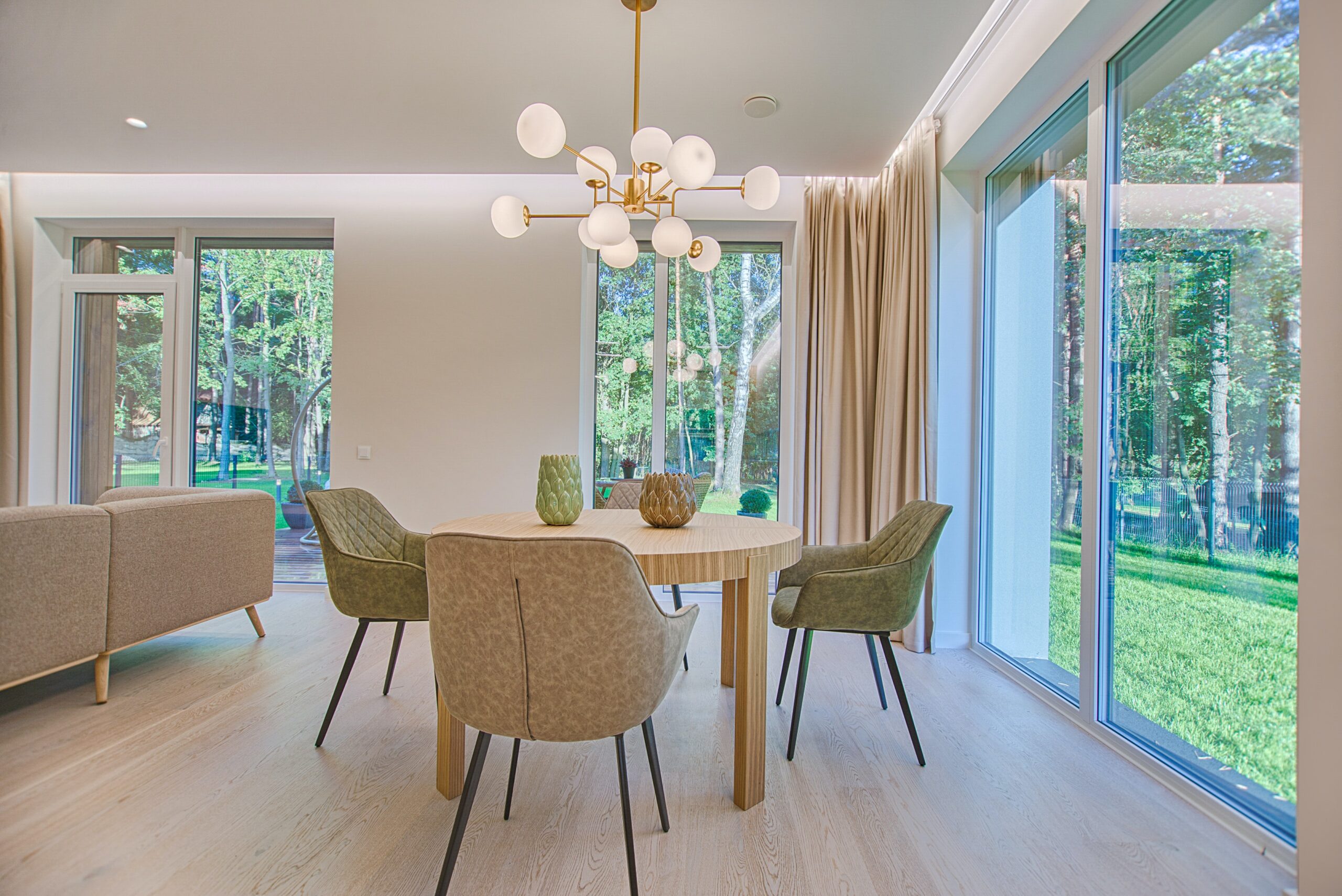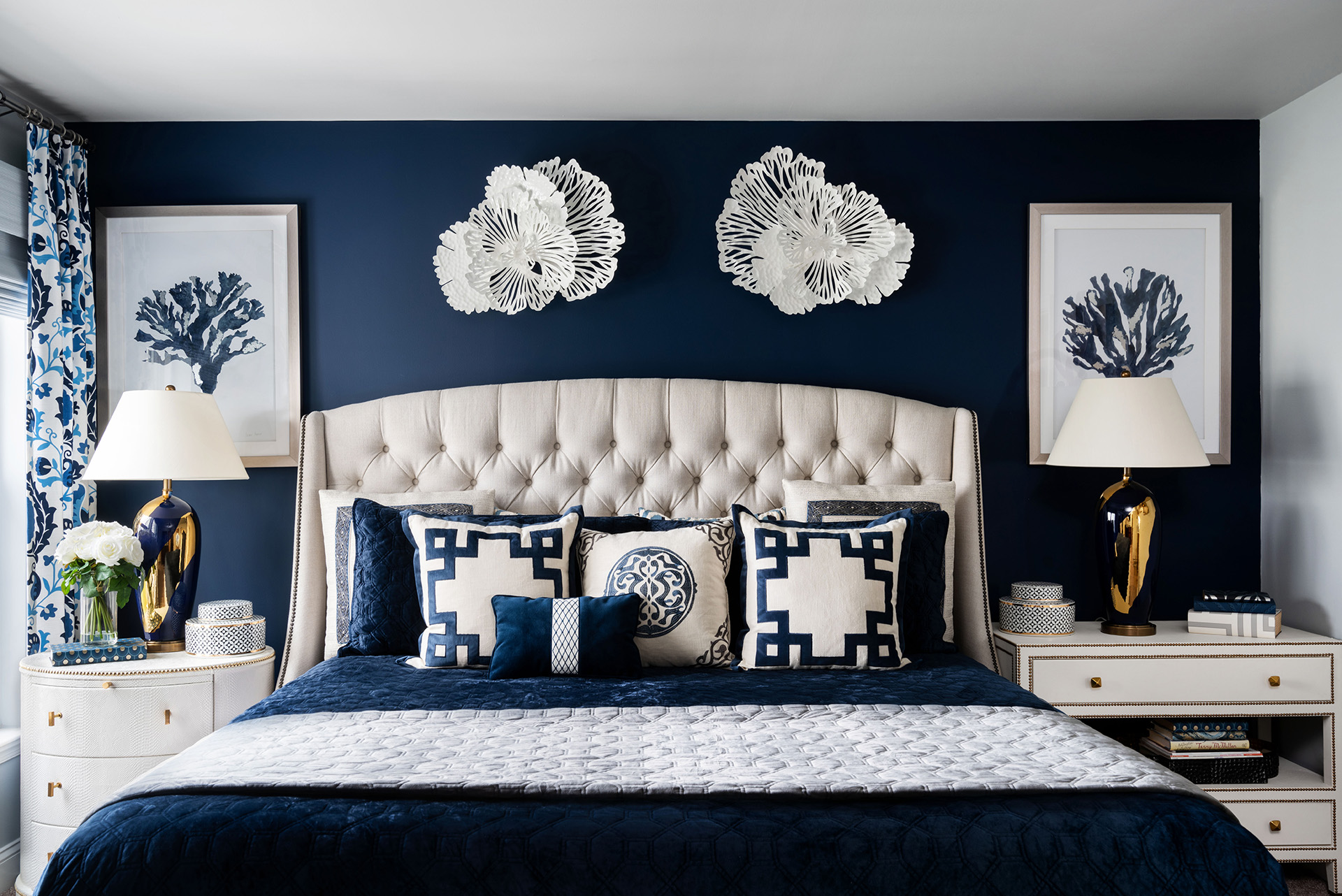Thanks to shows like The Gilded Age and movies like Poor Things, the charm and elegance of Victorian-era design are returning in modern interiors. Though the Victorian style is characterized by ornate details, rich textures, and a touch of grandeur, you can seamlessly integrate it into contemporary homes for a unique and sophisticated look. Unsure where to begin? Here are five ideas on how to incorporate Victorian-era details into your home while maintaining a modern sensibility.
Embrace Ornate Crown Moldings and Trim
Victorian homes are renowned for their intricate crown moldings and trim. To incorporate these details into your modern home, consider installing crown moldings in key areas such as the living room, dining room, or primary bedroom. You should choose detailed but not overly elaborate designs to strike a balance between Victorian elegance and contemporary simplicity. Baseboards and wainscoting can also enhance the architectural interest of your space and create a timeless backdrop for your modern furniture and decor. Paint them in a crisp white or a soft, neutral tone to complement the rest of the space.
Install Chevron or Herringbone Floors
Flooring patterns such as chevron and herringbone are quintessentially Victorian and add a touch of sophistication to any home. These patterns can be implemented with wood, tile, or even vinyl flooring, depending on your preference and budget. For a modern twist, choose lighter wood tones or monochromatic tiles, says a Cincinnati interior designer. This approach keeps the look fresh and airy while still nodding to the intricate craftsmanship of the Victorian era. Incorporate these floors in entryways, kitchens, and bathrooms for a stunning focal point underfoot.
Incorporate Rich Textures and Fabrics
Nothing screams Victorian-era style like rich textures and luxurious fabrics. To bring this element into your home, focus on textiles such as velvet, brocade, and damask. You can use these materials for upholstery, curtains, and throw pillows to add depth and a tactile quality to your space. Make sure you balance these rich textures with simpler, modern pieces to avoid overwhelming the room. For instance, you can pair a velvet sofa with sleek, minimalist side tables, or a brocade accent chair can complement a modern coffee table. This mix of old and new creates a harmonious and inviting environment.
Add Architectural Elements
Incorporating architectural elements reminiscent of the Victorian era can add character and charm to your home. Consider features such as ceiling medallions, decorative corbels, and vintage-inspired fireplace mantels. Ceiling medallions, for example, can frame modern light fixtures or chandeliers, adding a touch of historical elegance to your rooms. You can also use corbels as decorative supports for shelves or cabinetry. These details can be sourced from antique stores, online marketplaces, or reproduced in modern materials for easier installation and maintenance.
Integrate Stained Glass Accents
Stained glass was a popular decorative element in Victorian homes, often used in windows, doors, and room dividers. Instead of using people and objects in the art, modern stained glass interpretations can be more subdued and abstract, focusing on geometric patterns and softer color palettes. This approach allows you to enjoy the beauty of stained glass without overwhelming your contemporary decor. To incorporate this feature in a modern way, consider adding stained glass panels to interior doors or as decorative inserts in cabinetry.
Incorporating Victorian-era details into your home can create a beautiful blend of old-world charm and modern sophistication. By carefully selecting and integrating Victorian-inspired, you can achieve a timeless and elegant look that feels both fresh and nostalgic.




